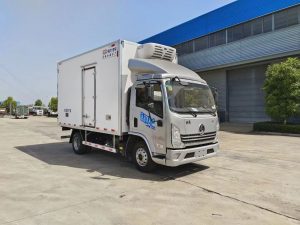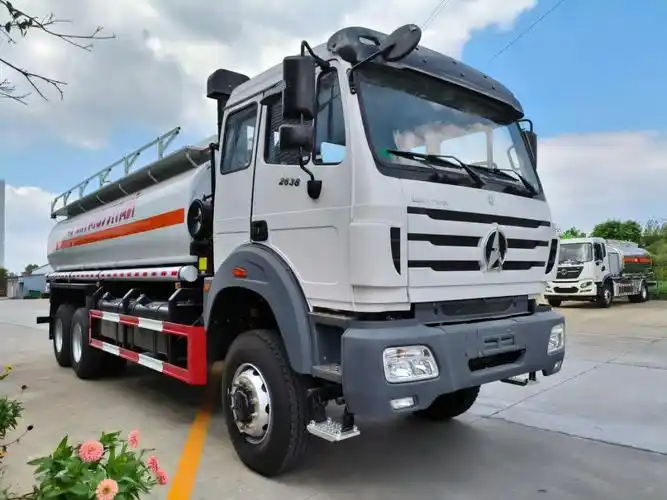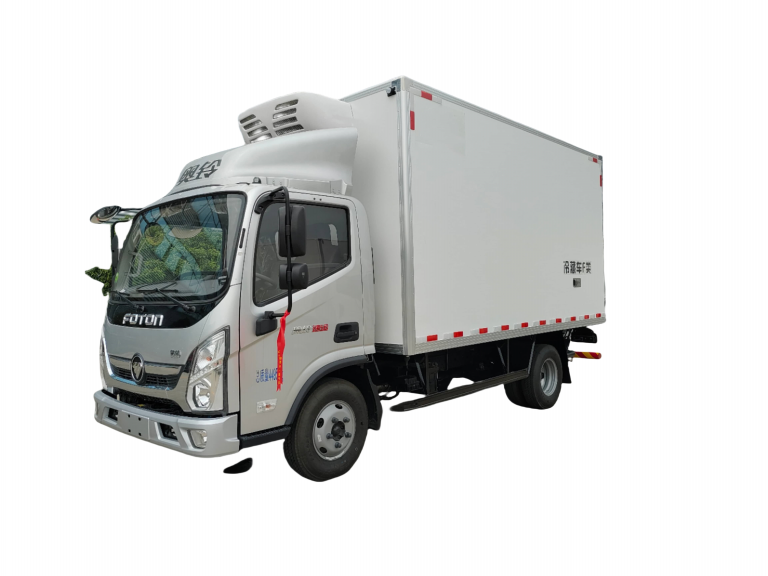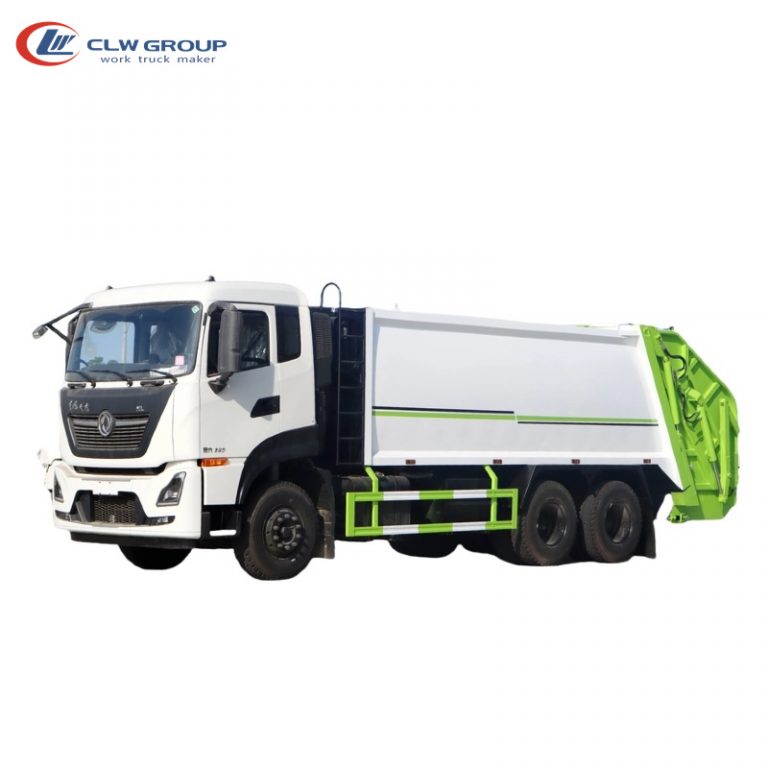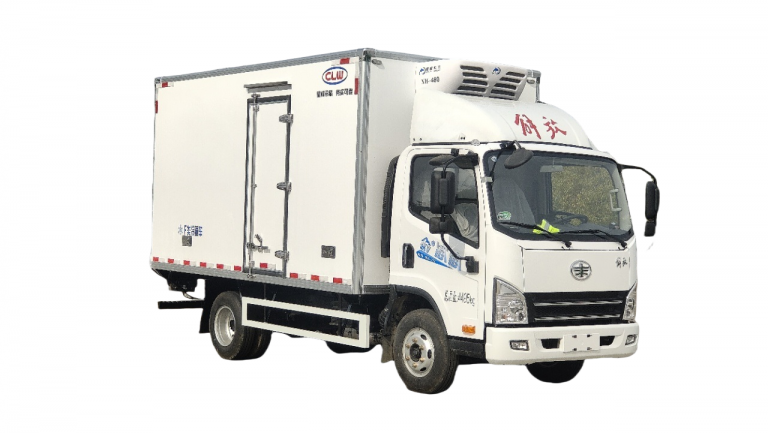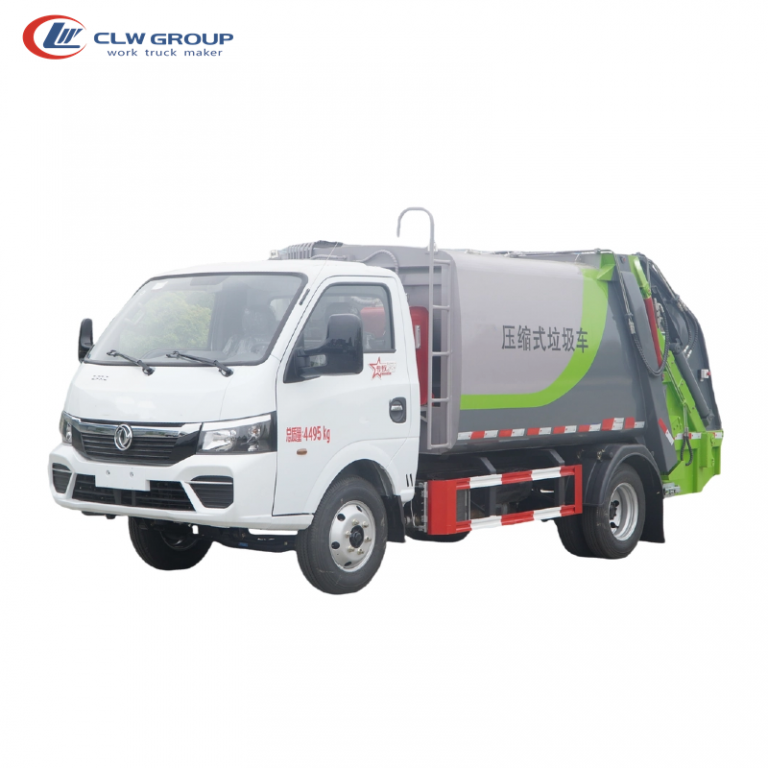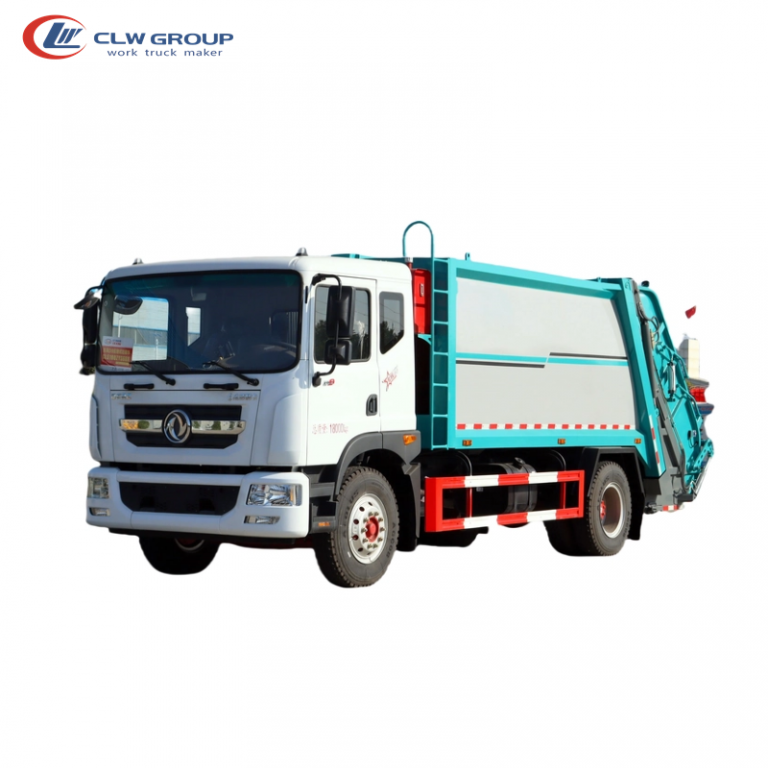Table of Contents
Toggle
Introduction
Imagine a world without garbage trucks. Pretty grim, right? Overflowing trash cans, streets filled with debris, and an unbearable stench wafting through the air. Waste management is critical for maintaining clean and healthy communities, and at the heart of this system are garbage trucks. These unsung heroes tirelessly collect, compact, and transport our waste, ensuring our neighborhoods stay tidy. But have you ever stopped to think about how these mechanical marvels came to be, or the incredible technology that powers them? Let’s dive deeper into the fascinating world of garbage trucks.
History of Garbage Trucks
Early Methods of Waste Collection
In the early days, waste collection was far from the streamlined process we see today. Communities relied on horse-drawn carts or even simple hand-pulled wagons to remove refuse. It was a labor-intensive task that lacked efficiency and was often quite unsanitary. People would throw their waste into the streets, creating health hazards and attracting pests.
Evolution of Garbage Trucks
Fast forward to the 20th century, and we see the birth of motorized garbage trucks. These vehicles transformed waste collection by increasing capacity and speed. The first motorized garbage truck was introduced in the United States in the early 1900s. It featured a basic open body design and required manual loading and unloading. Over the decades, continuous improvements have led to the sophisticated machines we see today.
Technological Advancements
Modern garbage trucks are technological marvels equipped with hydraulic lifts, compactors, and advanced control systems. These innovations have not only improved efficiency but also enhanced safety and environmental compliance. For instance, hydraulic systems allow for easier lifting and compacting of waste, reducing the physical strain on workers and increasing the amount of waste that can be collected in a single trip.
Types of Garbage Trucks
Rear Loader
The rear loader is a common sight in residential areas. These trucks feature a large rear opening where waste collectors manually load trash bins or bags. The rear loader’s design allows for a high level of flexibility and adaptability in various environments. The loading process involves workers lifting and dumping trash into the truck’s rear hopper, which is then compacted by a hydraulic press.
Front Loader
Front loaders are designed for commercial waste collection. They use hydraulic forks to lift large dumpsters over the truck’s cab and empty them into a hopper. This type of truck is especially useful for businesses and large apartment complexes where high volumes of waste are generated. The front loader’s design allows for quick and efficient waste collection without the need for manual labor.
Side Loader
Side loaders offer a more automated solution. Equipped with robotic arms, these trucks can lift bins from the curbside without requiring manual labor. This makes them ideal for residential areas where automation can significantly speed up the collection process. Side loaders come in two main types: automated side loaders (ASLs) and semi-automated side loaders (SASLs). ASLs are fully automated and require no human intervention, while SASLs still need an operator to position the bins correctly.
Pneumatic Collection
Pneumatic collection trucks use air pressure to suck waste into a sealed container. These specialized vehicles are often used for hazardous or medical waste due to their ability to contain potentially dangerous materials securely. Pneumatic systems can also be found in some urban environments where traditional trucks cannot easily access narrow streets or densely populated areas.
How Garbage Trucks Work
Loading Mechanisms
Garbage trucks employ various loading mechanisms depending on their type. Rear loaders rely on manual labor, front loaders use hydraulic forks, side loaders feature robotic arms, and pneumatic trucks utilize air pressure systems. Each mechanism is designed to maximize efficiency and reduce the physical strain on workers.
Compaction Systems
Once loaded, waste is compacted using powerful hydraulic presses. This reduces the volume of trash, allowing trucks to carry more before needing to unload. Compaction not only increases efficiency but also helps minimize odors and prevents loose trash from escaping during transit.
Unloading Process
When it’s time to unload, garbage trucks use different methods to transfer waste to disposal sites. Rear loaders tilt their bodies to dump waste out of the rear hopper, front loaders use a tipping mechanism to empty their contents into larger containers, side loaders employ ejector plates to push waste out, and pneumatic trucks release air pressure to expel the waste.
Environmental Impact
Emissions and Pollution
Garbage trucks play a crucial role in waste management but come with an environmental cost. Traditional diesel engines emit pollutants that contribute to air quality issues. These emissions include carbon dioxide (CO2), nitrogen oxides (NOx), and particulate matter (PM), all of which can harm human health and contribute to climate change.
Fuel Consumption
These heavy-duty vehicles consume significant amounts of fuel, leading to high operational costs and environmental impact. The stop-and-go nature of waste collection routes further exacerbates fuel consumption and emissions.
Sustainable Alternatives
In response to these challenges, the industry is shifting towards sustainable alternatives like electric and hybrid garbage trucks. These models reduce emissions and offer a greener solution for waste collection. Electric garbage trucks produce zero tailpipe emissions, while hybrid models combine electric power with traditional engines to reduce overall fuel consumption.

Safety Measures and Regulations
Safety Features in Modern Trucks
Modern garbage trucks are equipped with numerous safety features designed to protect both operators and the public. These features include rear-view cameras, proximity sensors, automatic braking systems, and improved visibility through larger windows and better lighting. Rear-view cameras and proximity sensors help operators detect obstacles or pedestrians that might be in the truck’s blind spots, significantly reducing the risk of accidents.
Government Regulations
Governments enforce strict regulations to ensure these vehicles operate safely. These regulations cover various aspects, such as vehicle design, maintenance standards, and operator training requirements. Compliance with these standards is mandatory for all waste collection companies. For instance, regulations might dictate the maximum allowable noise levels for garbage trucks operating in residential areas during early morning hours to minimize disturbances.
Training for Operators
Operators undergo extensive training to handle these complex machines safely and efficiently. This training includes safe driving practices, equipment operation, and emergency procedures. Operators learn how to navigate through tight urban spaces, handle hazardous materials safely, and respond to mechanical failures or other emergencies that might occur during their routes.
Innovations in Garbage Trucks
Electric and Hybrid Models
The push for sustainability has led to the development of electric and hybrid garbage trucks. These vehicles offer reduced emissions and lower fuel consumption, making them an environmentally friendly option. Electric garbage trucks are powered entirely by batteries, while hybrid models use a combination of electric power and traditional combustion engines. These advancements not only reduce the carbon footprint of waste collection but also lower operational costs over time.
Automation and Robotics
Automation is revolutionizing the industry. Robotic arms on side loaders reduce the need for manual labor, while automated route planning enhances efficiency. Automated systems can quickly and accurately lift and empty bins, significantly speeding up the waste collection process. This automation reduces the physical strain on workers and minimizes the risk of injuries.
Smart Technologies
Smart technologies like GPS tracking and IoT devices optimize waste collection routes, reduce fuel consumption, and improve overall service efficiency. GPS tracking allows operators to monitor truck locations in real-time, ensuring that routes are followed accurately and efficiently. IoT devices can provide data on bin fill levels, enabling more efficient scheduling of collections based on actual need rather than fixed schedules.
Economic Aspects
Cost of Operation and Maintenance
Operating garbage trucks involves significant costs, including fuel, maintenance, and labor. Regular maintenance is crucial to keep these complex machines running smoothly and to prevent costly breakdowns. However, the upfront investment in modern, efficient trucks can lead to long-term savings through reduced fuel consumption and lower maintenance costs.
Economic Benefits of Efficient Waste Management
Communities that invest in efficient waste management systems often see long-term economic benefits. Improved public health reduces medical costs, while cleaner environments attract businesses and tourism. Efficient waste management can also lead to the recovery of valuable materials through recycling programs, creating additional revenue streams for municipalities.
Challenges in the Garbage Truck Industry
Urban vs. Rural Waste Collection
Urban areas present different challenges compared to rural regions. High population density requires frequent collections in cities, while vast distances make rural collections more time-consuming and costly. Urban areas might struggle with traffic congestion and limited access to certain streets, whereas rural areas might face challenges related to long travel distances and lower population density.
Dealing with Hazardous Waste
Handling hazardous waste is another significant challenge. Special training, equipment, and protocols are required to manage medical or industrial waste safely. Hazardous materials can pose serious risks to human health and the environment if not handled correctly. Proper disposal methods and stringent regulations are essential to ensure that hazardous waste is managed responsibly.
Public Perception and Cooperation
Public cooperation is crucial for efficient waste management. Educating communities about proper waste disposal practices can improve collection efficiency and reduce contamination rates. Public awareness campaigns can help residents understand the importance of recycling, composting, and reducing waste at the source. Engaging the community through educational programs and incentives can lead to higher participation rates in waste reduction initiatives.
Future Trends
Technological Innovations on the Horizon
The future looks promising with advancements like AI-driven route optimization, autonomous garbage trucks, and advanced recycling technologies on the horizon. AI can analyze data from various sources to create more efficient collection routes, reducing fuel consumption and operational costs. Autonomous garbage trucks have the potential to further reduce labor costs and improve safety by eliminating human error.
The Role of AI and IoT
AI and IoT will play a significant role in future waste management systems. From predicting collection needs to optimizing routes in real-time, these technologies will make garbage trucks smarter and more efficient. IoT devices can provide real-time data on bin fill levels, vehicle performance, and environmental conditions, enabling operators to make informed decisions that improve efficiency and reduce environmental impact.
Future Sustainability Goals
Sustainability will continue to drive innovations in the garbage truck industry. Electric models will become more common, emission standards will tighten, and new materials will be used to build lighter, more efficient vehicles. Future sustainability goals will focus on reducing the overall environmental footprint of waste collection operations through the adoption of cleaner technologies and more efficient practices.
Conclusion
Garbage trucks may not be glamorous, but they are indispensable for maintaining clean communities. As technology advances, these vehicles will become even more efficient, safer, and environmentally friendly. By understanding their importance and supporting sustainable practices, we can all contribute to a cleaner future.
And there you have it! A deep dive into the world of garbage trucks – our unsung heroes in the fight against waste. Whether it’s through technological innovations or sustainable practices, these machines are constantly evolving to meet our needs while protecting our environment.

